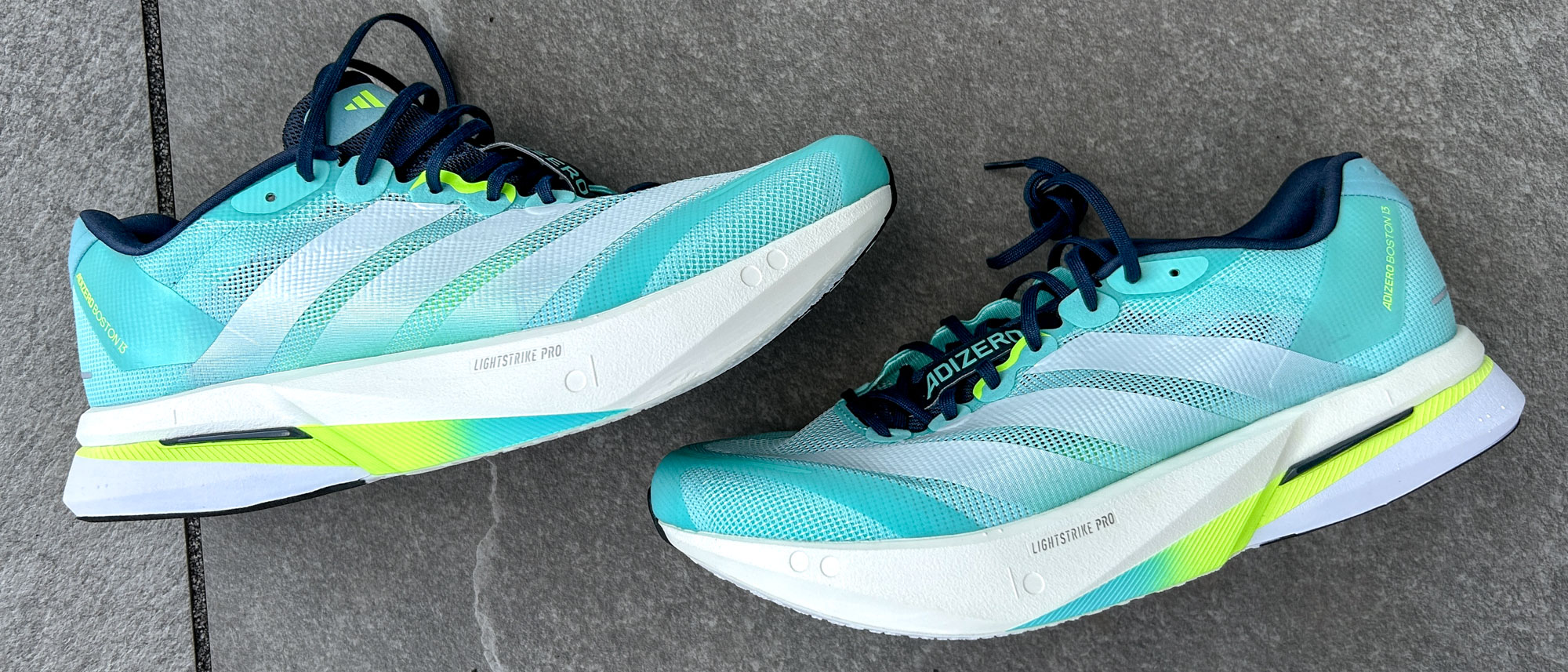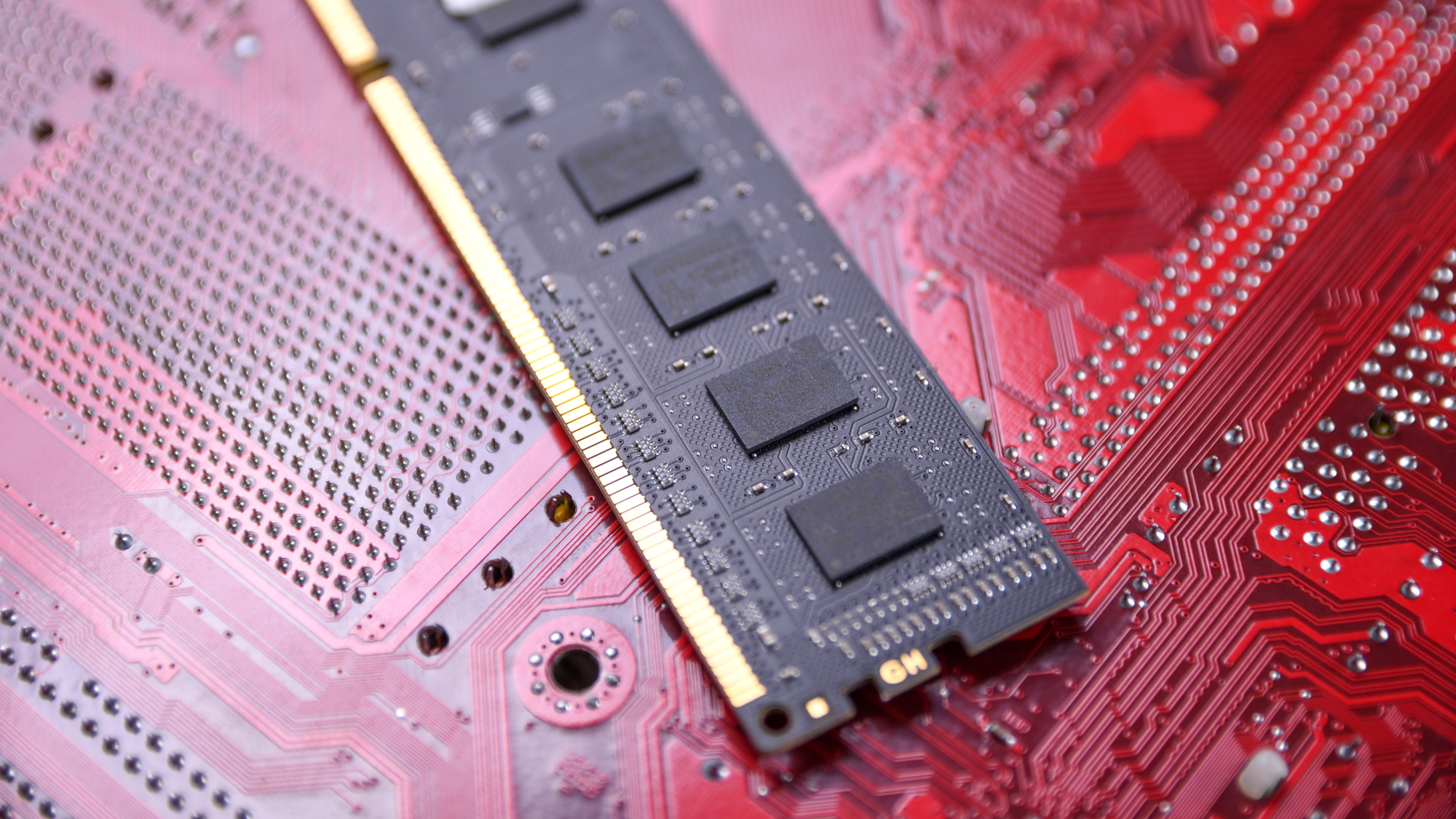Tom's Guide Verdict
Adidas got most things right with the Boston 12 and have fixed the things they didn’t with the Boston 13, most notably improving the comfort of the upper. It’s not as cushioned as many running shoes these days, but if you prefer a firmer ride the Boston 13 is a great all-rounder that comes in cheaper than similar shoes from other brands.
Pros
- +
Fast, comfortable ride
- +
EnergyRods add punch and stability
- +
Good-looking design
- +
Cheaper than rivals
Cons
- -
Firmer and lower-stack than other shoes
- -
Not as springy as some fast trainers
Why you can trust Tom's Guide
Before the best carbon plate running shoes became de rigueur for race day, the Adidas Boston was one of the top long-distance racers available by virtue of offering a reasonably high stack of responsive foam in a lightweight design.
These days the Boston is built to be a training partner to Adidas’s top racing shoes, like the Adidas Adizero Adios Pro 4, using a combination of foams plus carbon rods that act like a plate to deliver a winning blend of speed and comfort.
The Adidas Boston 13 is a highly versatile running shoe that has a firmer and more direct ride than its super-trainer rivals, and also a lower price tag, undercutting the likes of the Saucony Endorphin Speed 5 and Hoka Mach X2.
It’s not the most exciting ride, though, and there are versatile daily trainers that have a bit more spark, including the Speed 5 and even the Adidas Adizero Evo SL, which itself comes in a little cheaper than the Boston 13.
Adidas Boston 13 review: price and availability

The Adidas Boston 13 launched in April 2025 and costs $160 in the U.S. and £140 in the U.K., which is the same price as the Boston 12 and cheaper than most so-called ‘super-trainers’ — trainers that use foams and tech from racing shoes.
Within the Adidas range, it’s a cheaper alternative to racing shoes like the Adidas Adios Pro 4, which is $250, but slightly dearer than the Adidas Evo SL, another versatile trainer that costs $150. The Adidas Supernova Rise 2 offers a more standard cushioned ride without rods and costs $140.
Adidas Boston 13 review: design and fit
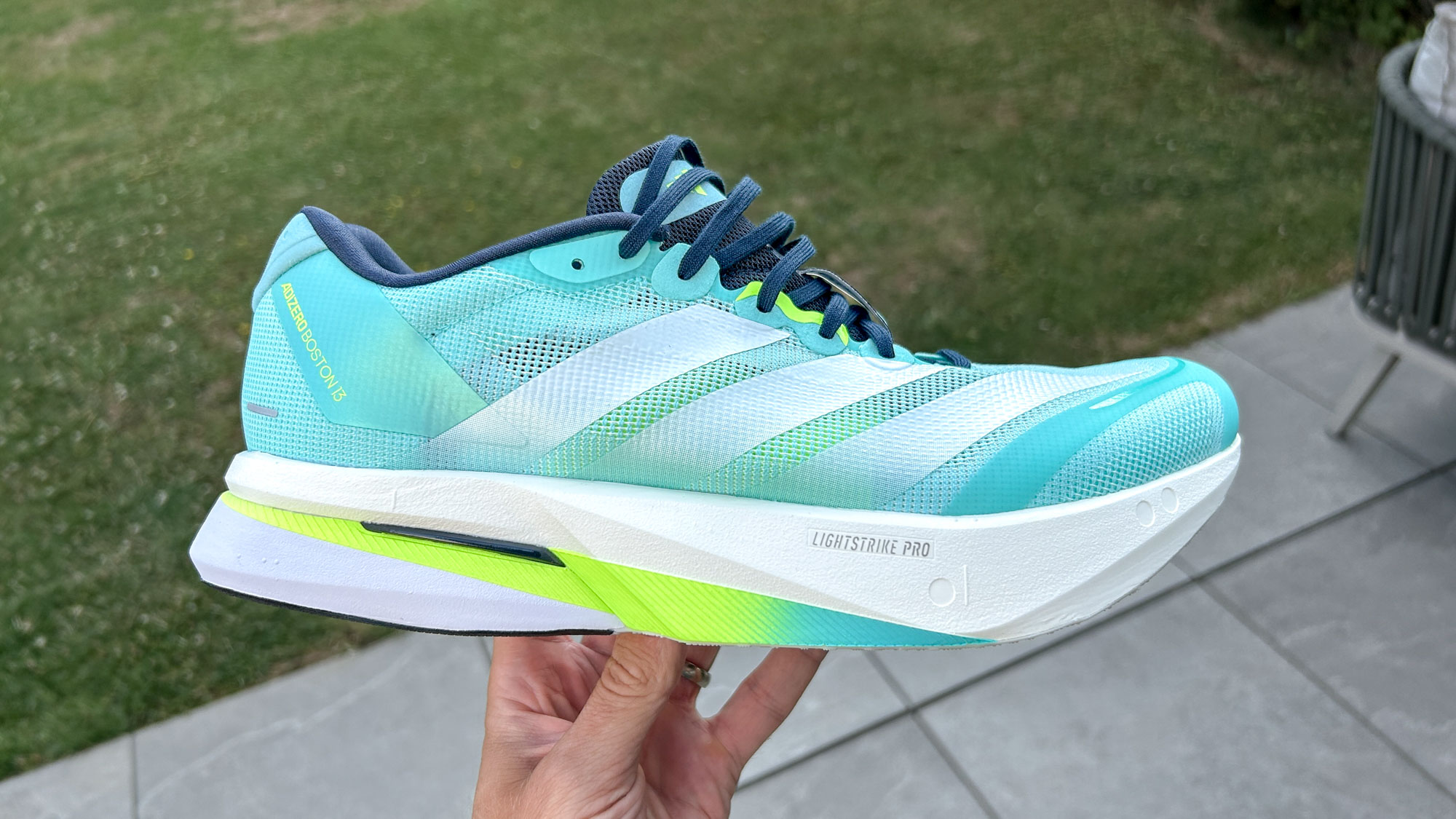
The Adidas Boston 13 is currently available in seven colors, including the gorgeous Flash Aqua / Cloud White / Lucid Lemon model I tested. It fit me well in my normal running shoe size, with a much more comfortable upper than the one on the Boston 12.
Get instant access to breaking news, the hottest reviews, great deals and helpful tips.
It has a heel-to-toe drop of 6mm and a stack height of 36mm at the heel and 30mm at the forefoot, which is relatively low compared with most modern running shoes.
The Boston 13 tips the scales at 9.3oz, which is light but not super-light, given that it isn’t a max-stacked shoe. Shoes like the Hoka Mach X2 and Adidas Evo SL have higher stack heights and are lighter than the Boston 13.
Upper
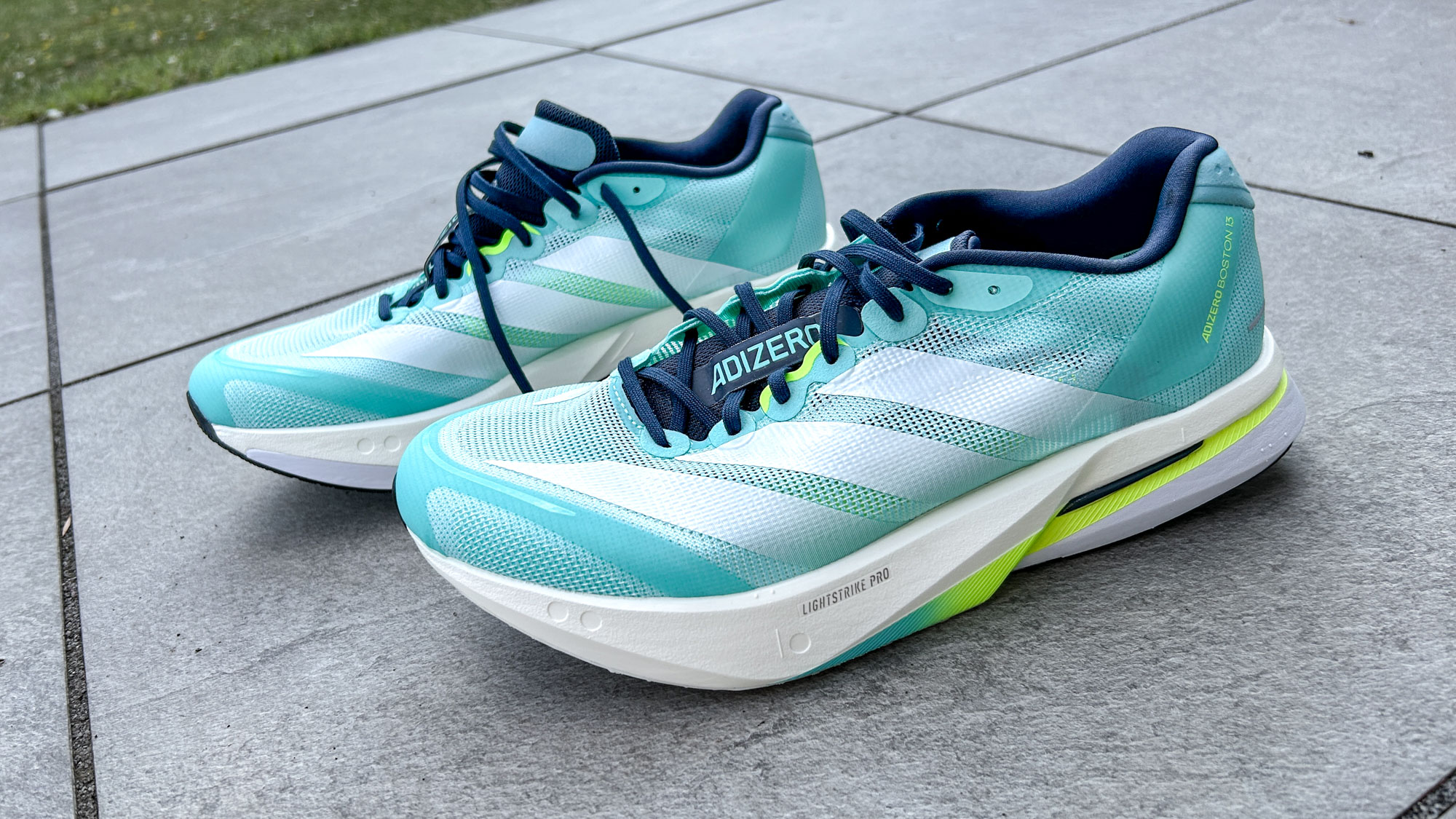
The main drawback of the Boston 12 was its upper, which was thin and not very comfortable, especially around the tongue and heel, which lacked padding.
Adidas has addressed this with the Boston 13, which still has a lightweight and breathable upper, but enough padding around the collar to make it much more comfortable for regular use.
The thin laces remain from the Boston 12, though, and they can bite into the top of the foot — I’d swap these out if you pick up the Boston 13.
Midsole
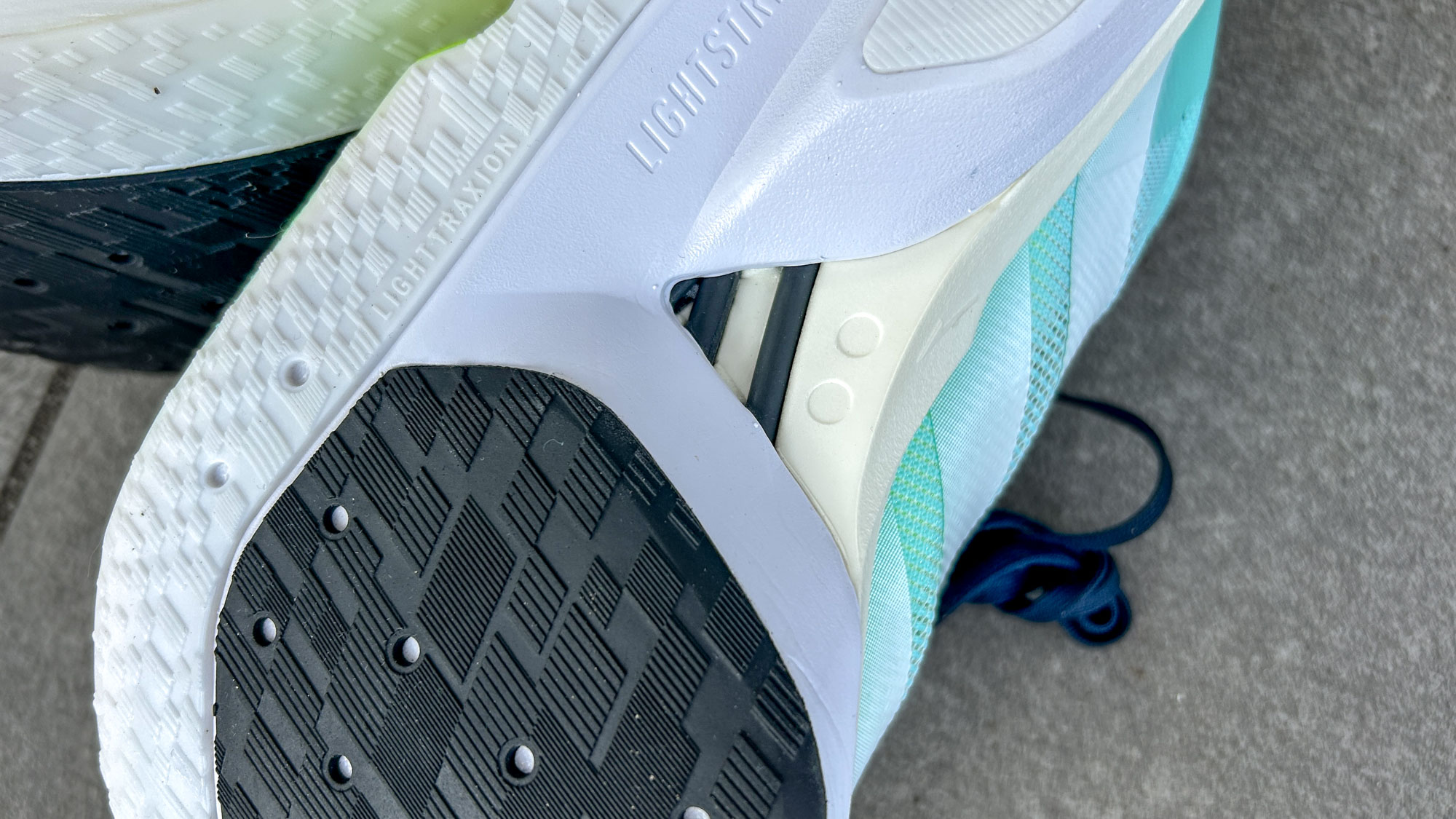
There are two different foams used in the Boston 13’s midsole, with a top layer of Lightstrike Pro — the bouncy, lightweight material also used in Adidas’s racing shoes — and a bottom layer of Lightstrike 2.0 — a firmer material used to increase durability and stability.
There is more Lightstrike Pro in the Boston 13’s midsole than the Boston 12’s — precisely 13.8% more, in fact, according to Adidas. This is mostly found in the forefoot of the shoe to deliver springy toe-offs.
Running through the midsole are Adidas’s EnergyRods, which the brand uses instead of a full carbon plate to increase efficiency and also add stability to the shoe.
Outsole
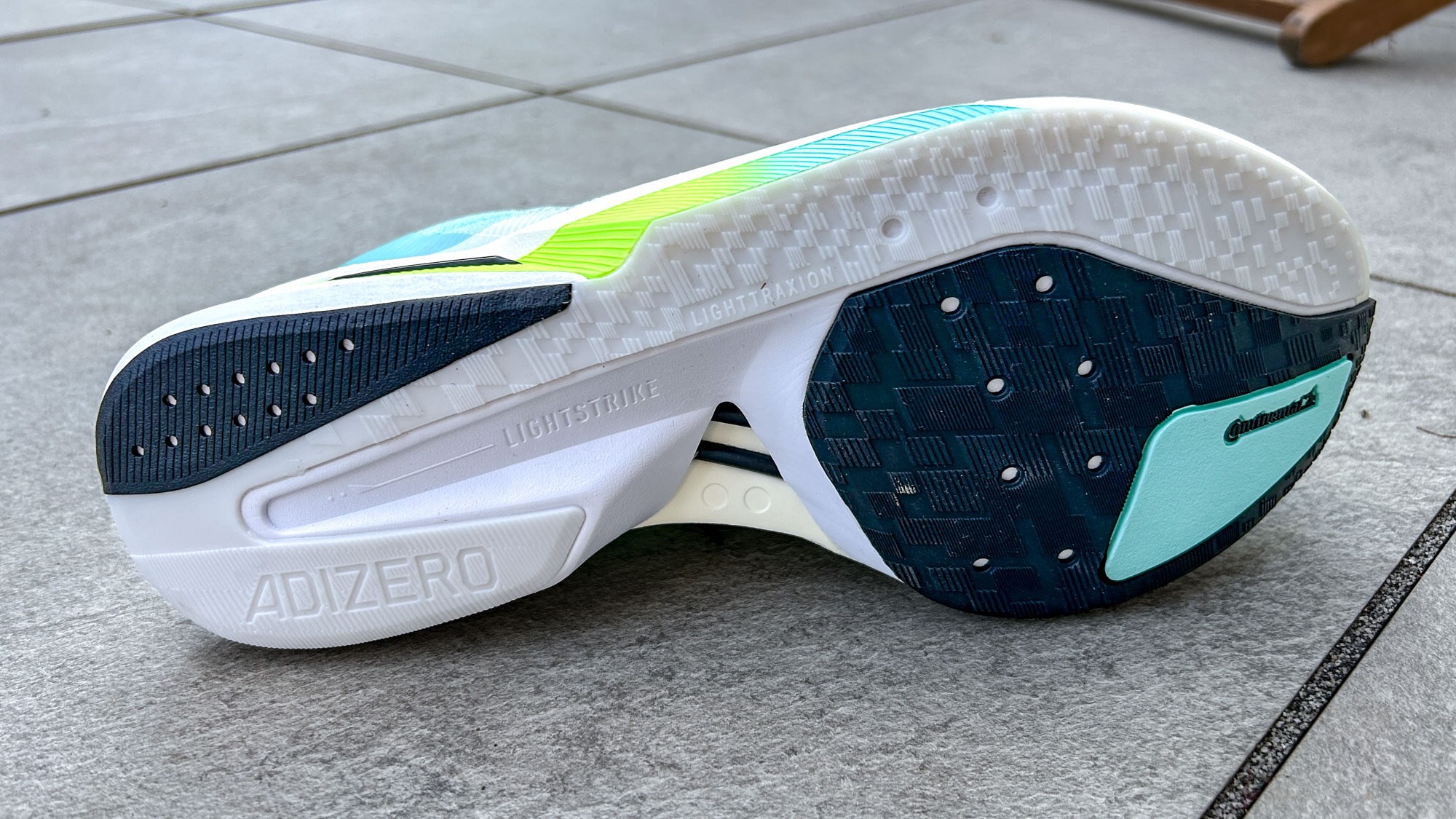
There are two different rubbers used on the Boston 13’s outsole, with Continental rubber providing the best grip in key areas like under the toes, while lighter LightTraxion rubber is used elsewhere to help reduce the overall weight of the shoe.
It’s a good outsole that has gripped well for me throughout testing, and also durable enough to stand up to use on dirt tracks as well as roads.
Adidas Boston 13 review: running performance

The Adidas Boston was my racer of choice before I fully embraced the benefits of high-stack carbon racers, and I was delighted to see it return to form in the Boston 12, which was a faster, more enjoyable shoe than the clunky Boston 10 and Boston 11.
All Adidas had to do to improve the Boston 12 was make the upper more comfortable, and that’s exactly what they have done with the Boston 13.
The extra padding means it’s a much more enjoyable shoe to pull on each day, and I didn’t have the problems with heel rub and lace bite that I did with the Boston 12.
A little extra Lightstrike Pro in the midsole has also helped to improve the ride of the new shoe. I found it fast and responsive enough for interval workouts, tempo and progression runs, and also comfortable enough for easy runs.
However, it doesn’t have as fun and energetic a ride as some shoes, including the Adidas Evo SL, and it’s also not as smooth or rockered as some rivals, like the Saucony Endorphin Speed 5.
The Boston 13 gets the job done, but is firmer and less exciting to run fast in than the best running shoes available at the moment, and some might well want more cushioning underfoot for easy runs.
Should you buy the Adidas Boston 13?
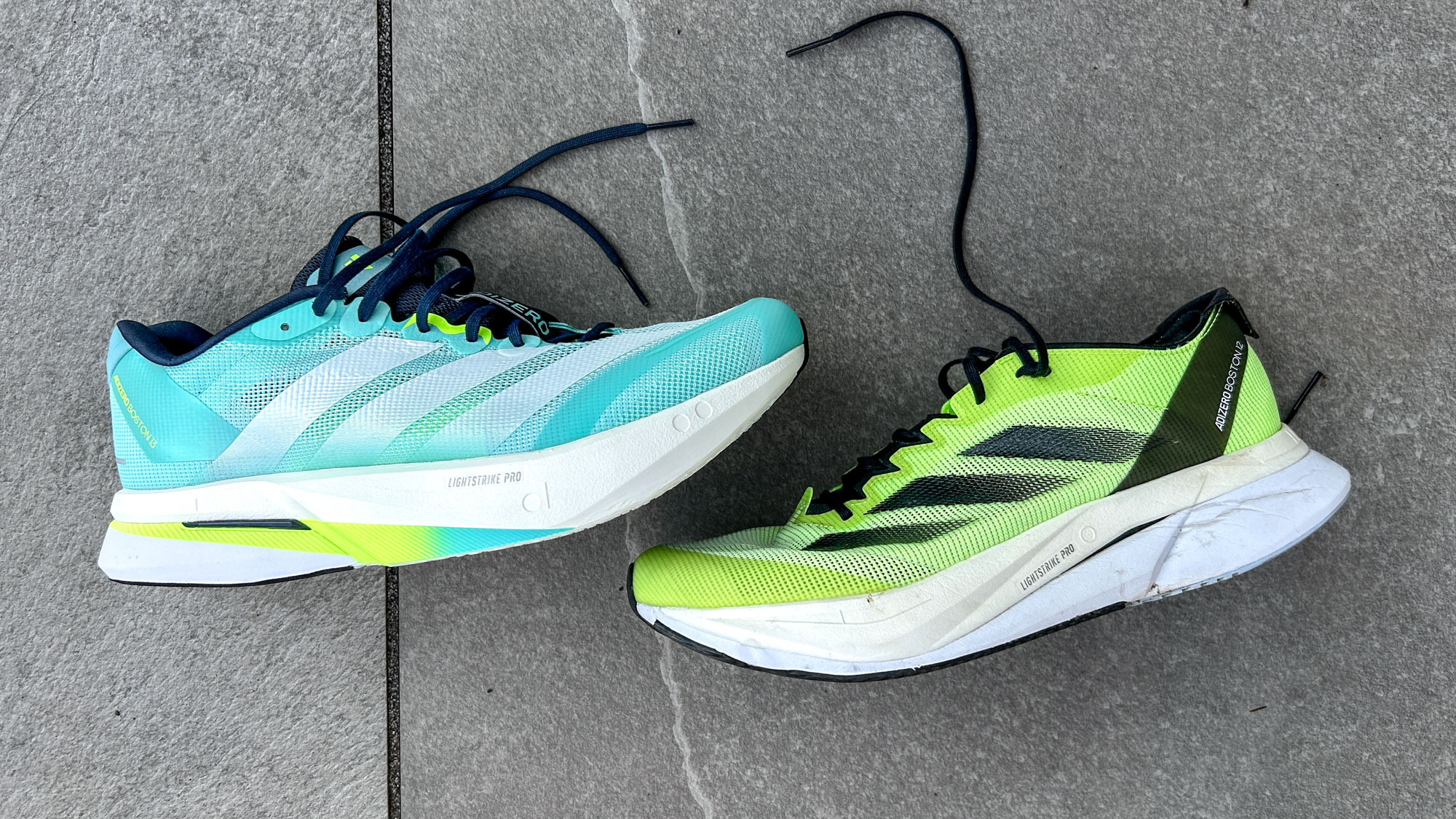
The Adidas Boston 13 is a shoe that will suit some runners down to the ground. It offers the benefits of modern super-trainers in a shoe that has a more traditional feel, with a snappy and direct ride.
It’s a direct upgrade on the Boston 12 thanks to the improved upper, and good value compared to most super-trainers too, especially as it’s a shoe line that often pops up in Adidas sales.
There are some shoes I prefer to the Boston 13 myself; however, they can play the same role as a fast trainer that’s versatile enough to use for easy runs as well.
These include the Adidas Evo SL, which doesn’t have the EnergyRods in the Boston 13 but is lighter and springier, though less stable. The Saucony Endorphin Speed 5 is more expensive but has a smoother feel, while the Hoka Mach X2 offers more bounce and speed.
The Nike Zoom Fly 6 is another strong option that has a more cushioned feel to it than the Boston 13 while matching its performance for fast workouts.
Compared to these shoes, the ride of the Boston 13 can seem a little dull, but it’s undeniably effective, durable, and good value, so certainly still worth considering.

Nick Harris-Fry is an experienced health and fitness journalist, writing professionally since 2012. He spent nine years working on the Coach magazine and website before moving to the fitness team at Tom’s Guide in 2024. Nick is a keen runner and also the founder of YouTube channel The Run Testers, which specialises in reviewing running shoes, watches, headphones and other gear.
Nick ran his first marathon in 2016 and became obsessed with the sport. He now has PBs of 2hr 25min for the marathon and 15min 30sec for 5K. Nick is also a qualified Run Leader in the UK.
Nick is an established expert in the fitness area and along with writing for many publications, including Live Science, Expert Reviews, Wareable, Coach and Get Sweat Go, he has been quoted on The Guardian and The Independent.
You must confirm your public display name before commenting
Please logout and then login again, you will then be prompted to enter your display name.
